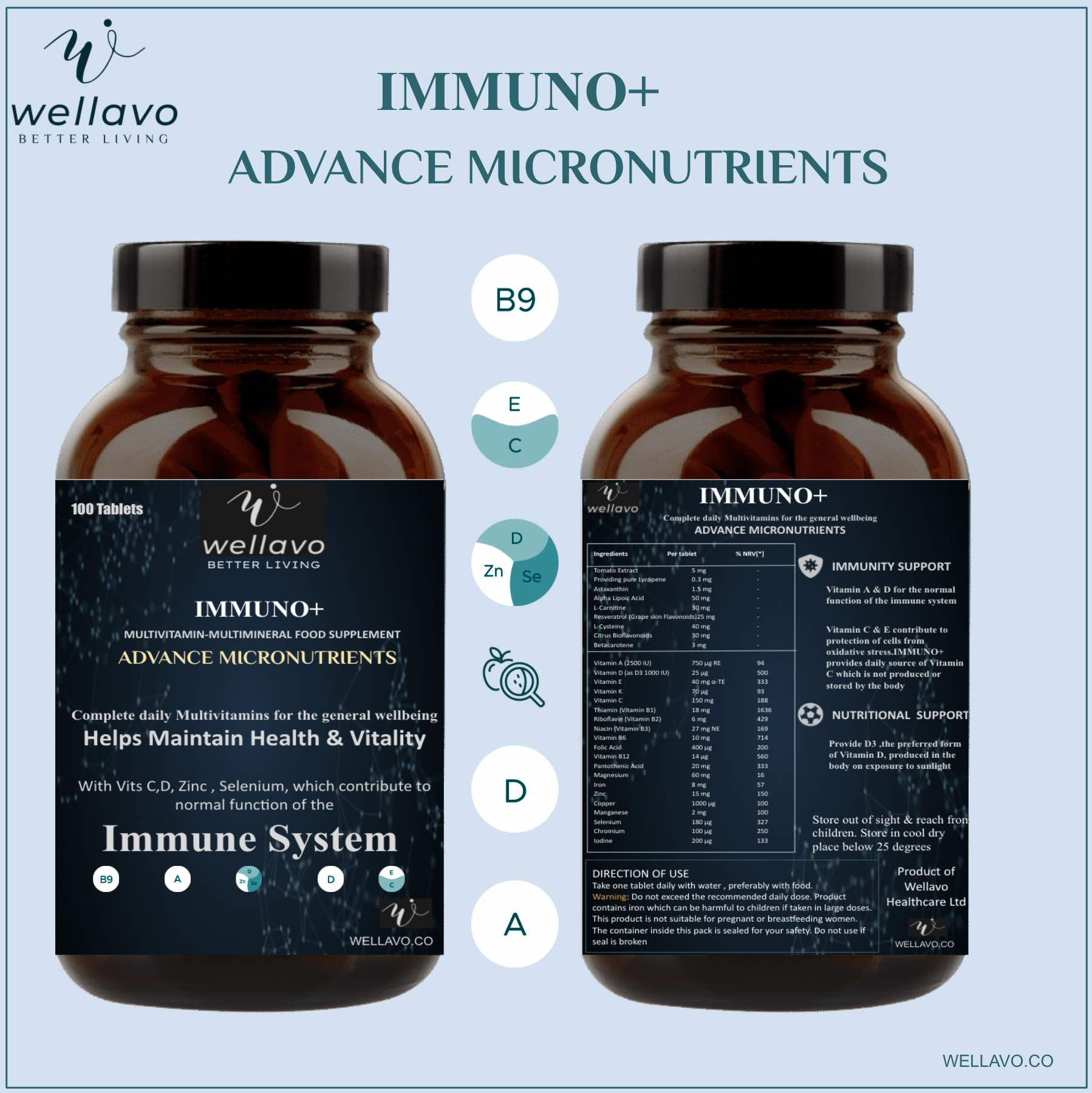Introduction:
Indian cuisine is celebrated for its diverse flavors, vibrant spices, and intricate cooking techniques. One of the critical factors that influence the authenticity and healthfulness of Indian dishes is the choice of cooking fat. While modern oils like olive oil, sunflower oil, and palm oil have gained popularity, it’s essential to understand why these may not be the most suitable options for Indian cooking and the potential health impacts they may have. In this comprehensive wellness blog, we will explore the reasons you should consider switching to the timeless favorite, ghee. We’ll provide a nutrition profiling of both ghee and these alternative oils and discuss the burning points to help you make an informed choice.
- Olive Oil: The Mediterranean Import
Olive oil is well-known for its heart-healthy monounsaturated fats and antioxidant properties. Yet, when it comes to Indian cooking, several factors suggest it might not be the perfect fit: a.- Low Smoke Point: Olive oil’s relatively low smoke point, around 375°F (190°C), is often a disadvantage when Indian cooking calls for high-temperature frying. This can result in a burnt taste and the release of harmful compounds.
- Flavor Discrepancy: The robust and distinct flavor of olive oil may clash with the intricate spices and aromatics used in Indian cuisine, potentially altering the traditional taste of your dishes.
- Nutritional Imbalance: Indian cooking typically requires a blend of various fats, and olive oil may not provide the balanced fat profile that ghee does.
- Sunflower Oil: The Refined Option
Sunflower oil is a common choice for Indian cooking, but it may not be the most optimal due to the following factors:- High Omega-6 Fats: Sunflower oil is rich in omega-6 fatty acids, and excessive consumption may lead to an imbalance between omega-3 and omega-6, potentially causing inflammation.
- Processing Concerns: Most sunflower oil available is highly refined, a process that can strip it of beneficial nutrients and potentially produce trans fats, which are harmful to health. c.
- Moderate Smoke Point: Sunflower oil has a moderate smoke point (around 440°F or 227°C), which is better than olive oil but may still not be ideal for high-heat Indian cooking.
- Palm Oil: Environmental and Health Considerations
Palm oil, a common ingredient in processed foods, is associated with environmental concerns, particularly deforestation. From a health perspective, it’s high in saturated fats, which in excess can contribute to heart disease. While it’s not commonly used for everyday Indian cooking, it’s crucial to be mindful of its presence in processed foods. - Ghee: The Time-Honored Indian Superfood
Now, let’s delve into why ghee is the ultimate choice for Indian cooking and its exceptional nutritional profile:- High Smoke Point: Ghee boasts a high smoke point of around 450°F (232°C), making it the perfect companion for deep frying, sautéing, and roasting without breaking down into harmful compounds.
- Flavorful Enhancer: Ghee has a delicate, nutty flavor that perfectly complements Indian spices, enhancing the overall taste of your dishes.
- Nutrient-Rich: Ghee is a source of essential fat-soluble vitamins like A, D, E, and K. Additionally, it contains butyric acid, which supports gut health.
- Balanced Fats: Ghee offers a harmonious combination of saturated, monounsaturated, and polyunsaturated fats, creating a well-rounded cooking fat.
In conclusion, when it comes to Indian cooking, ghee truly shines as the superior choice, thanks to its high smoke point, flavor-enhancing properties, and a well-balanced nutritional profile. While olive oil, sunflower oil, and palm oil each have their unique advantages, they may not be the most suitable options to preserve the authenticity of Indian cuisine. Making the switch to ghee is not only a boon for your health but also a way to honor the rich tradition of Indian culinary excellence. Choose wisely and savor the rich, wholesome goodness of ghee in your Indian dishes.





